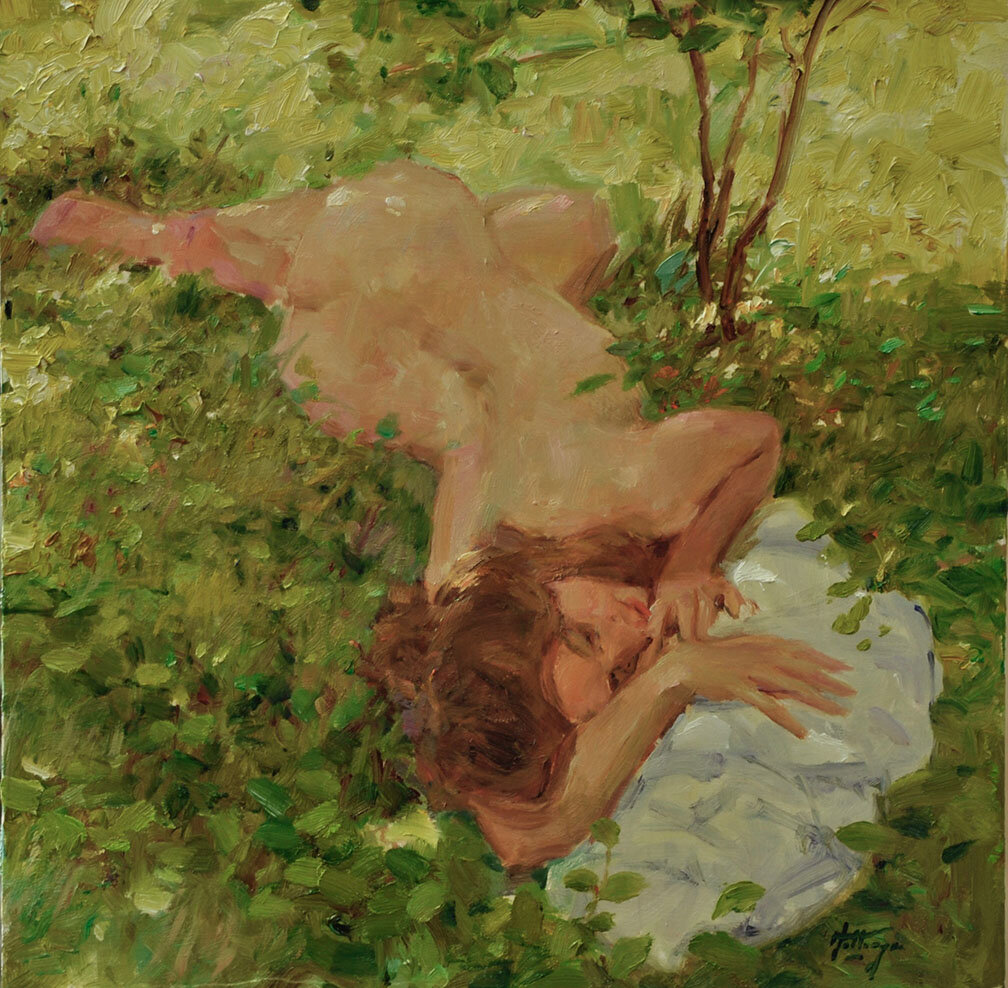Creativity is the unheard conversation between our inner self and the world we live in. Painting is making of a visual recording of that conversation. Abstracts tend to be more internal conversationists, while realists are more external conversationalists; reacting to the world around them. As we paint, the painting itself will join in the conversation leading us in a slightly different direction. I'm a listener. I listen to my inner voice. I listen to the world around me and to my painting as I work.
When teaching, I listen to the voices of my students, even when they are not speaking. With every brush stroke they are speaking to anyone willing to listen. Sometimes they are unsure of themselves, other times they become bored with the conversation they are engaged in. Their works radiate boredom when they no long listen to their painting. They drop out of the conversation and cannot find a satisfying ending. They overwork their painting, trying to find their voice again, or leave it unfinished when their voice fails them.
Teaching for me is just listening to my students paint and keeping them involved in the conversation they started. Asking what is it they expect from a painting? When possible, I get them back to the conversation they first engaged in. Marica wants to express her inner self through a mix of abstract and a tinge of realism, while Mary Kay strikes up a conversation with a still-life that's arrangement is from deep within her artistic soul. Kathy sits and pours her heart out on each canvas she picks up. Adrian engages in several conversation in several languages all at once; science mixes with fantasy in Adrian's art.
Because each of my students has a different idea as to what art is, we are constantly learning from one another. The realist learns from the abstract artist and vice versa. The rules of good art are discussed - and forgotten at times. Creating art is pretty much done alone even when in a crowd of artists.



